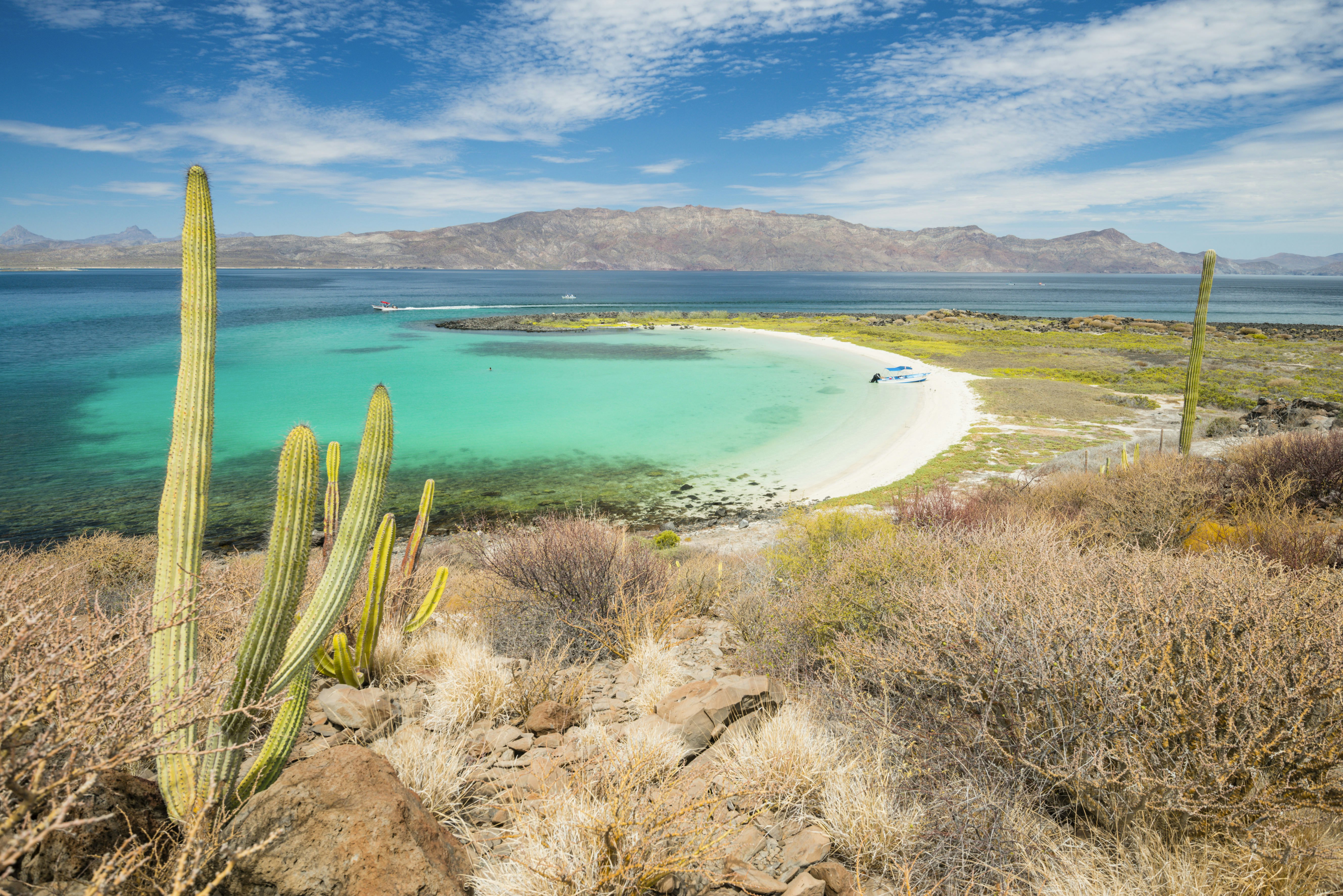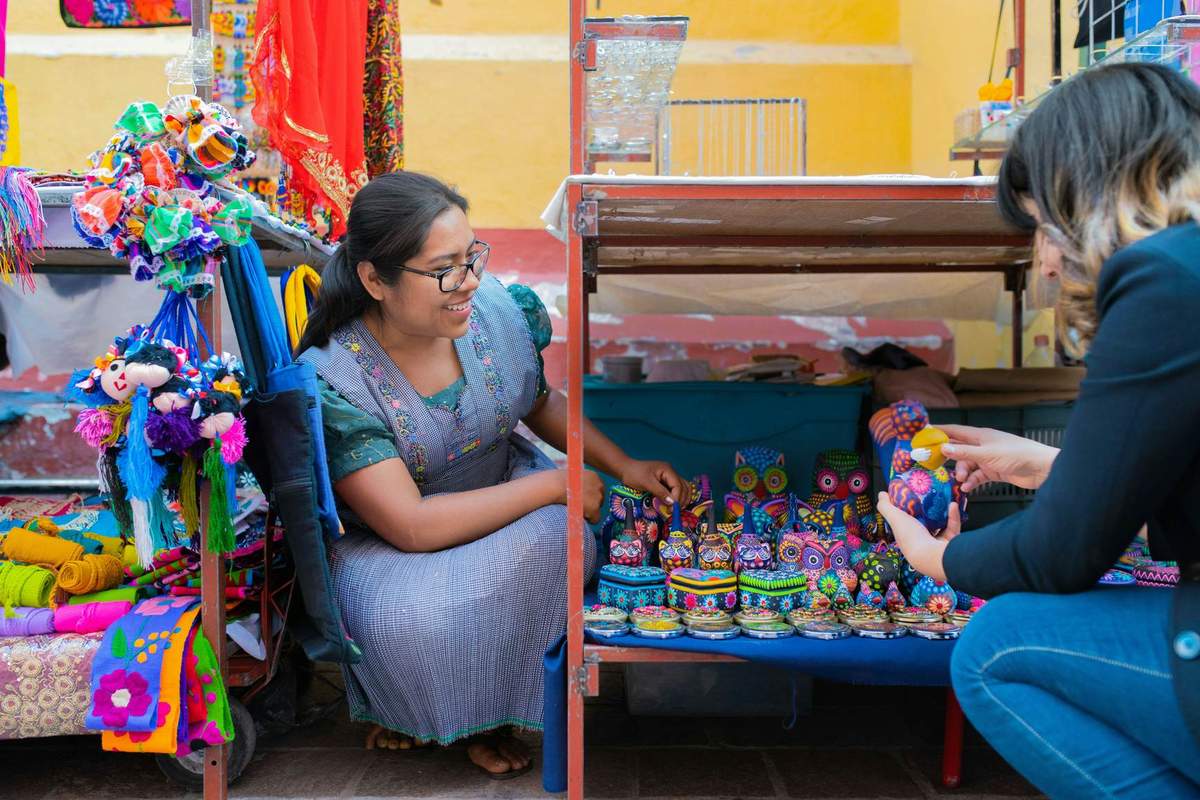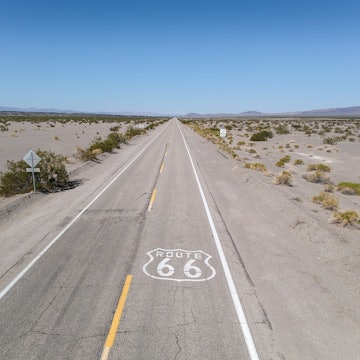

Relax and unwind in the beautifully laidback town of Loreto in Baja California Sur. Andrew Peacock/Getty Images
Loreto is a charming, under-the-radar seaside town in Baja California Sur boasting beautifully clear waters, dolphin sightings and clambakes on the beach. Only a 90-minute flight from Los Angeles, Loreto has become a haven for retired snowbirds and visitors from around the world, as well as a major stop for backpackers and the occasional cruise ship.
This colonial city is also known for being the home of the first mission built by the Jesuits in 1697 and is a designated Pueblos Magicos in Baja California – meaning the government of Mexico has recognized it for possessing “magical” qualities. Overlooking the stunning Sea of Cortez, the secret’s finally out: Loreto has become an enchanting retreat for travelers in the know.
When should I go to Loreto?
Baja California has fairly temperate weather year-round, so there’s no real “best” or “worst” time to visit Loreto. If you’re coming from a location with extremely cold winter weather, December to March is an ideal time to escape the chill and enjoy peak whale-watching season as they start migrating south.
Springtime is also fantastic for an abundance of outdoor activities like scuba diving, snorkeling, paddleboarding, kayaking and more due to the warmer waters. Summer temperatures are definitely hotter in Loreto and well into the 90s, meaning airfare may be lower – great for travelers on a budget but perhaps a time to avoid if you’re not a fan of extreme heat.
How much time should I spend in Loreto?
Loreto is a very quiet small town, and everything is easily walkable. You can easily spend just a long weekend here and get a good feel for the area, or spend a leisurely week-long vacation by the sea, sleeping in and wandering around the quaint cobblestone streets of the town center. The whole area has a slower pace of life, as evidenced by the many retirees you can spot hanging out at the cafes all day long.

Is it easy to get in and around Loreto?
Yes, Loreto is extremely walkable, and frankly, getting around on foot is faster than waiting for a taxi. There are public buses and shuttles, but the buses can take a while. Outside of a few things that may require a tour shuttle, everything you’ll want to see is within a five to 15-minute walk – including the beach.
Just note that like many small towns in Mexico, there are cobblestone and uneven sidewalks everywhere, so travelers with mobility issues may find navigating them cumbersome, although many of the hotels have ramps and various accessibility features.
Top things to do in Loreto
Go whale-watching
During the winter months, sightings of blue, orca, gray and humpback whales are plentiful in the area – and some are known to be so familiar with the boats that they come up close to the side. So pack your waterproof camera and prepare to be dazzled.
Take a boat out to Isla Coronados
You haven’t truly seen Loreto if you don’t experience the turquoise waters firsthand. Take a boat out from the marina on a lunchtime excursion with one of the many tour operators available – try Loreto Sea & Land Tours or Blue Nation Baja – to the secluded Isla Coronados, where you can enjoy a lunch provided by the tour, sunbathe on the beautiful white sand, and swim and snorkel around in the unbelievably clear water.
Certain guides may also stop along the way to show you dolphins, humpback whales and sea lions just hanging out. Just know that there’s one rustic bathroom on the island for visitors, and you will need to pack your own toilet paper.

Snorkel at Loreto Bay National Park
There’s a reason famed oceanographer Jacques Cousteau deemed this area around the Sea of Cortez “the aquarium of the world.” The pristine, transparent water is teeming with ocean life, including fish, dolphins, whales, sea lions, and more. The area that makes up the National Park is comprised of five islands – Carmen, Coronado, Santa Catalina, Danzante and Monserrat. Tour operators can take you out on a boat to the best spots to stop and snorkel.
Visit the Mission San Javier
Get a deeper sense of the richness of Loreto’s history by driving an hour inland into the Sierra de La Giganta Mountains to the Mission San Javier (or what remains of it.) There are several restaurants up by the Mission to enjoy lunch at.
Go to a clambake on the beach
The charming family-owned Hotel Oasis sits directly on the beach and hosts a nightly clambake buffet that can’t be missed. The area’s signature tatemada clams get buried in the sand with hot coals earlier in the evening, and about an hour later, you’ll get to feast on fresh-from-the-ocean deliciousness. It’s a once-in-a-lifetime meal experience you won’t soon forget. Follow it with a nightcap or rich coffee poured table-side under the twinkling stars while the crashing waves serve as your soundtrack.

Stroll the Malecón at sunset
There are sunsets, and then there are sunsets in Loreto. Even the most seasoned traveler’s jaw will drop at the unbelievably dazzling sky stretching across the water. Bright fuchsias and vibrant purples marry into more delicate pinks and fiery oranges to create a spectacular sight – the likes of which you won’t see again anytime soon.
My favorite thing to do in Loreto
My Loreto highlight is being mere inches away from a dozen dolphins while taking a boat out to Isla Coronados. Our boat driver shared that whales often come right up to the boat, ready for their close-up, which is something I’m still dying to experience.
Another must-do is stopping at Rancho Viejo on the way to Mission San Javier to learn how to make fresh tortillas and goat cheese from scratch from farm owners Juan and Chari – as is scarfing down a massive foot-long burrito at local favorite Super Burro and trying delicious local brews at El Zopilote Brewing Company.
How much money do I need for Loreto?
Costs in Loreto are significantly lower than in many parts of the US, but not as low as other parts of Mexico, given its proximity to the US border. Restaurant meals can range from super affordable to moderately priced. How much you’ll need really depends on how long you plan to visit and where you’ll be eating.
Hotel room: M$1795-5983 Mexican Peso (US$90-300)
Basic room for two in a hostel: M$1296-1695 (US$65-85)
Isla Coronado day tour: M$1200 (US$61/person)
One-day whale watching tour: M$2000 (US $100/person)
Coffee: M$20-40 (US$1-2)
Dinner for two: M$200-800 (US$10-40)
Beer/pint at the bar: M$60-100 (US$3-5)

Can I use US dollars in Loreto?
While some places will accept US dollars, it’s best to exchange your currency for pesos before you come or at the airport since this is such a small town with lots of tiny mom-and-pop shops.
Some smaller stores or stalls don’t accept credit cards either, so having cash on hand is highly recommended.
How safe is it in Loreto?
Loreto is widely considered one of the safest cities in Mexico. With a population of only 20,000, it’s very small, and you will often see elderly people and children walking around alone – even when the sun goes down.
How far away is the airport from downtown Loreto?
Unlike many other destinations, the Loreto International Airport is a short five-minute drive from the downtown area, making it extra convenient to fly in and out of.
















